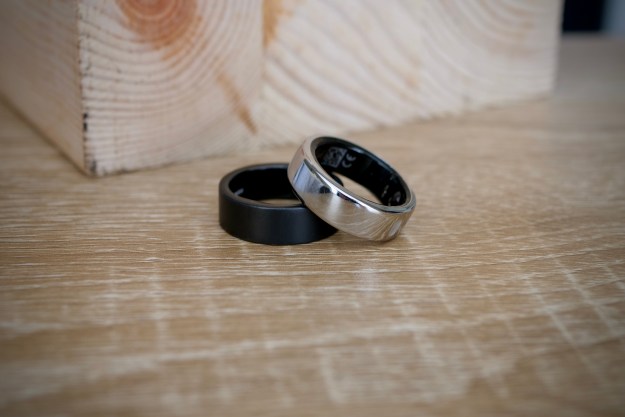 Some of us are quite attached to our mobile devices, much to the chagrin of anything and anyone that isn’t a smartphone screen. Apple and Google are reportedly looking to change that. They want to integrate our smartphones into daily life better by developing wearable mobile devices that act more like a window to the real world, rather than a screen.
Some of us are quite attached to our mobile devices, much to the chagrin of anything and anyone that isn’t a smartphone screen. Apple and Google are reportedly looking to change that. They want to integrate our smartphones into daily life better by developing wearable mobile devices that act more like a window to the real world, rather than a screen.
According to the New York Times Bits blog, Apple has been secretly working on a wearable computer, much like the wrist worn iPod Nano, which will integrate Siri. The NYT sources say that a small number of Apple employees have been rounded up for “conceptualizing and even prototyping some wearable devices.” One device the company is toying with was described as a wrist worn “curved-glass iPod.”
On the Google end, the search giant has been tasking researchers at the secret Google X labs to develop devices that relay information to your Android powered smartphone. Google has reportedly been hiring a slew of engineers who specialize in wearable computers from engineering universities or places like Nokia Labs and Apple.
According to a 9to5Google, this project the search company is working on is a pair of augmented reality glasses, which will plug users into realtime search results based on what they are currently viewing. The device would be unobtrusive, and would look like a pair of normal thick-rimmed glasses with a few buttons on the side. 9To5Google says that that the device “communicates directly with the Cloud over IP,” though it speculates that Google glasses would connect via GPS or Android’s Internet using WiFi or Bluetooth.
Google may be telegraphing this new wearable product with a recent blog announcement about a Google Goggles upgrade earlier this month. Google Goggles 1.7 acts as a better decoder ring since it doesn’t require a photo to be shot, but returns results on multiple items in realtime; much like the rumors of the Terminator-vision glasses. There are no clues yet as to when and if the new augmented reality glasses will be released.
Editors' Recommendations
- Google Pixel 7 vs. Apple iPhone 14
- Google Pixel 6 vs. Apple iPhone 13: Is Google’s new flagship an Apple eater?


